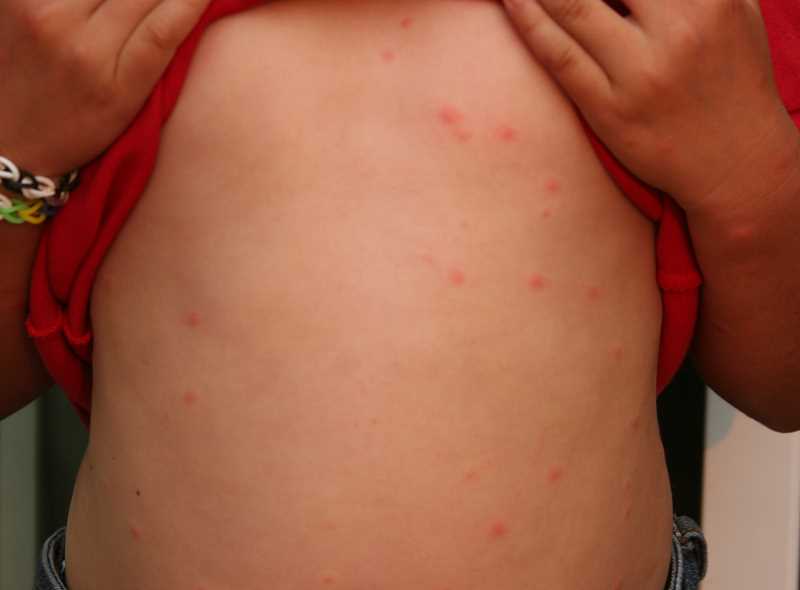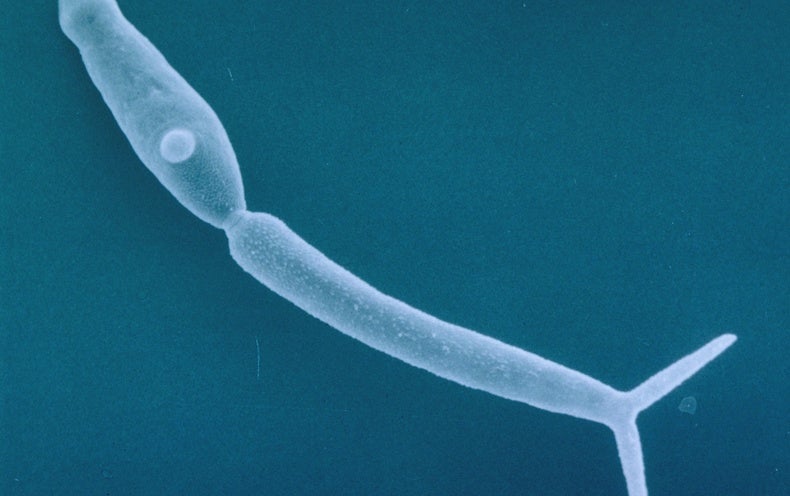

As of yet, an effective prevention cream has not been identified
#Swimmers itch parasite skin

You are more likely to come in contact with the flatworm larvae when you are: It can persist throughout the summer season.

The season’s first case of swimmer’s itch usually occurs after the first extended period of warm, calm weather in late May or early June. When and where can you get Swimmer’s Itch? When: The parasitic larvae cannot distinguish between duck and human, so they try to enter through your skin while wading and playing in the shallow water. The cycle repeats itself, going back to Step 1. Microscopic cercariae then swim up toward the sunlight at the water surface and search for a Merganser duck. In snails, the larvae further develop into wormlike larvae, called cercariae, and are released from their host snail back into the water. In the water, the eggs hatch releasing swimming larvae which burrow into snails. When an infected water fowl excretes, it releases the parasite flatworm eggs. Mallard ducks, geese and even muskrats can carry different parasitic flatworm species.Merganser ducks can travel 1-2 miles along a shoreline each day.Most all of the young Merganser chicks carry the flatworm while only half of the adult birds do.In Michigan, Common Merganser ducks are the species that most commonly carries the Swimmer’s Itch flatworm in their digestive tract. The natural cycle involves 2 hosts for different life stages of the parasitic flatworm.


 0 kommentar(er)
0 kommentar(er)
